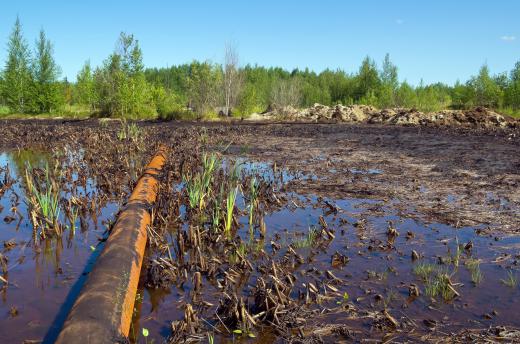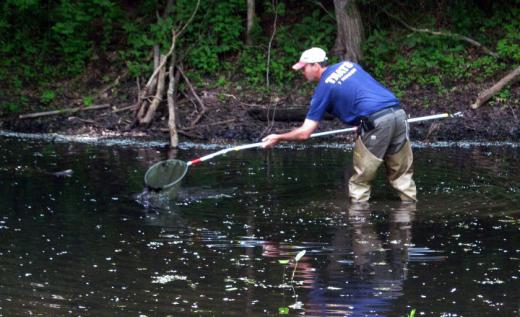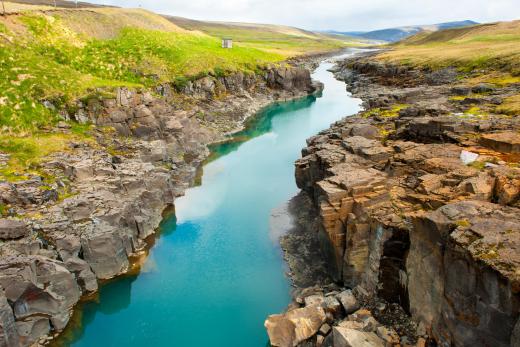The news is often riddled with stories of tankers that spill oil and manufacturing facilities that leach chemicals into groundwater. In spite of talking about the problem, its rare for anyone to be transparent about what happens to the contaminated land or the corporation responsible. Land remediation is the process of removing materials that are potentially hazardous from contaminated land.
Many commercial and industrial facilities use chemicals that pose a threat to humans and the environment if handled improperly. Businesses and corporations are often held responsible by regional and national environmental protection agencies when land related to their business ventures needs to be remediated or fixed. While some cases are settled by companies self-reporting and agreeing to pay fines or remediate the land, many are not. Legal battles compelling companies to act responsibly and clean up contamination can last decades and cost significant amounts of money.

In the United States, the government passed the Comprehensive Environmental Response, Compensation, and Liability Act (CERCLA) in 1980. This bill had three main outcomes: it gave the US Environmental Protection Agency (EPA) the authority to manage, enforce, and even perform clean-up activities; it created a tax fund known as a superfund to clean up hazardous waste sites; and it created Potentially Responsible Parties (PRPs), which allowed companies to participate in site cleanup without admitting liability for the whole site. If the EPA undertakes the clean up, then it can force the corporation, or even multiple corporations, to reimburse the government and continue the land remediation.

The chemicals and heavy metals that are left behind or dumped by factories and manufacturing facilities often linger in the ecosystem and contaminate food and water resources. Land remediation can take a huge amount of time for each site, not to mention money and legal complications. Heavy metals, such as lead, mercury, and arsenic, and chemicals like volatile organic chemicals (VOCs) from fuels and solvents and polychlorinated biphenyls (PCBs) from electronic equipment are particularly prevalent in post-industrial land. Human exposure to contaminated soil, water, and food can cause anything from minor health issues to life threatening diseases such as cancer.
In the past, land remediation was done solely via excavation. This literally involved digging up the polluted soil and stone and moving it to a landfill zoned for hazardous materials. Land was then replaced with clean soil.

When toxic contaminants settle on the bottom of bodies of water, it is removed in a similar process called dredging. In this process, tankers remove the contaminated sediments and sludge into a machine, separate the chemicals and heavy metals from the water via filters and chemicals, and put the cleaned water back. The contaminated sediment is then moved to an appropriate landfill.
There are alternatives to excavations that are less invasive, such as stabilization, solidification, and bioremediation. The goal with stabilization is not to remove toxic or hazardous materials, but to stabilize the molecules to a state wherein they are not harmful to humans or the ecosystem. Chemicals or complementary compounds are added to the contaminated land to combine with the toxins to produce stable, non-hazardous compounds. This can be done by spraying the additives on top of the land or by dispensing the additives in liquid or gaseous form through pipes pushed deep into the soil.
Solidification is the process of adding chemical reagents that will combine with the toxins in contaminated water and sludge to make solid compounds that can be separated from or filtered out of the water. This way the water is left in the natural ecosystem but the chemicals are removed. Bioremediation involves adding specific bacteria or plants that feed on the contaminated particles and create harmless byproducts. These organisms must be chosen carefully as they often multiply considerably with no natural predators.
